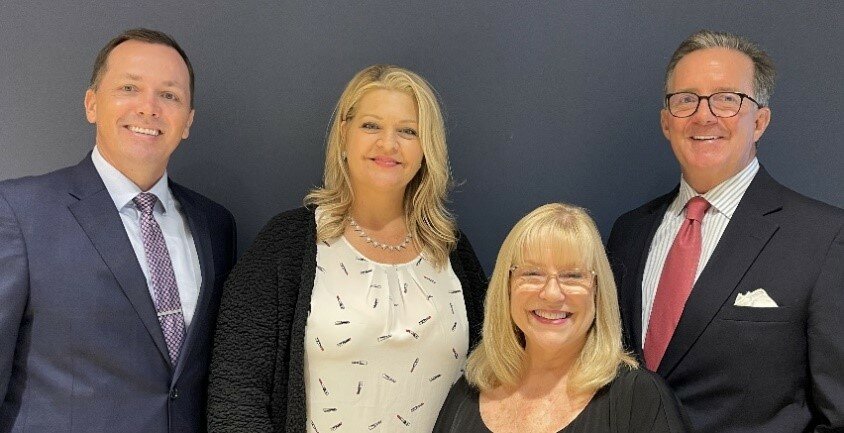Why young savers should adopt a long-term mindset
Four key considerations could help young adults create a mindset to succeed with saving and investing for the future.
Michelle Wan, Wells Fargo Investment Institute senior wealth investment solutions analyst, has met many younger clients who have had reservations about investing. “Young investors may find themselves delaying investing for retirement because it seems so far in the future. Alternatively, they may enjoy trading volatile investment instruments for rapid profits,” she says. “They don’t realize how important it is to methodically develop planning and investing goals at a young age. Time is a young saver’s greatest ally.”
Here, Wan shares four key considerations for young savers when it comes to prioritizing long-term savings and investment plans.
- Adopt a planning mindset
One key factor is having a planning mindset — a positive and proactive stance that could set savers on a path to positive financial outcomes. A planning mindset can provide a road map that can help strengthen a person’s financial future.
- Start with small changes
Small changes in your financial behavior today could have a big impact on long-term success. Creating a budget, building healthy financial habits, and becoming more comfortable and familiar with investing could go a long way in contributing toward achieving long-term financial goals.
Some practices to consider:
- Automatically transferring part of your income into a savings account or an investment account
- Paying down student loans to avoid late fees and damage to credit scores
- Begin saving and investing now
Start saving for retirement as soon as you can. The sooner you start, the more time every dollar saved has the potential to grow. If dollars saved early in your working years generate investment gains year after year, they can have a much bigger impact on the size of your account balance at retirement than you might think. Thanks to the power of compounding, as the dollars invested potentially earn returns, those reinvested returns can start earning returns, and so on — year after year.
“For younger investors, compounding returns become especially powerful given their longer time horizon, so an early start can make a dramatic difference in helping investors reach their financial goals,” says Wan.
- Take full advantage of retirement savings plans
If your employer offers a 401(k) plan, be sure to participate — and max out any kind of matching-contribution offers. They are the equivalent of free money.
Roth IRAs — to which you contribute after-tax dollars — are also worth a closer look because they offer tax-free growth potential. Investment earnings are also distributed tax-free in retirement if specific requirements are met.
“Another savings vehicle to consider is a Health Savings Account (HSA), which offers tax benefits to qualified investors,” Wan says.
A discussion with an investment professional about your investment goals can help you develop a long-term plan and strategies to potentially help you achieve those goals.
Wells Fargo Investment Institute, Inc. is a registered investment adviser and wholly owned subsidiary of Wells Fargo Bank, N.A., a bank affiliate of Wells Fargo & Company.
This article was written by/for Wells Fargo Advisors and provided courtesy of Jamie Seim, CFP, Senior Vice President – Investment Officer in Ponte Vedra Beach at 904-273-7917.
Investment and Insurance Products are:
- Not Insured by the FDIC or Any Federal Government Agency
- Not a Deposit or Other Obligation of, or Guaranteed by, the Bank or Any Bank Affiliate
- Subject to Investment Risks, Including Possible Loss of the Principal Amount Invested
Wells Fargo Advisors is a trade name used by Wells Fargo Clearing Services, LLC, Member SIPC, a registered broker-dealer and non-bank affiliate of Wells Fargo & Company. CAR-0223-03587
©2023 Wells Fargo Clearing Services, LLC.







